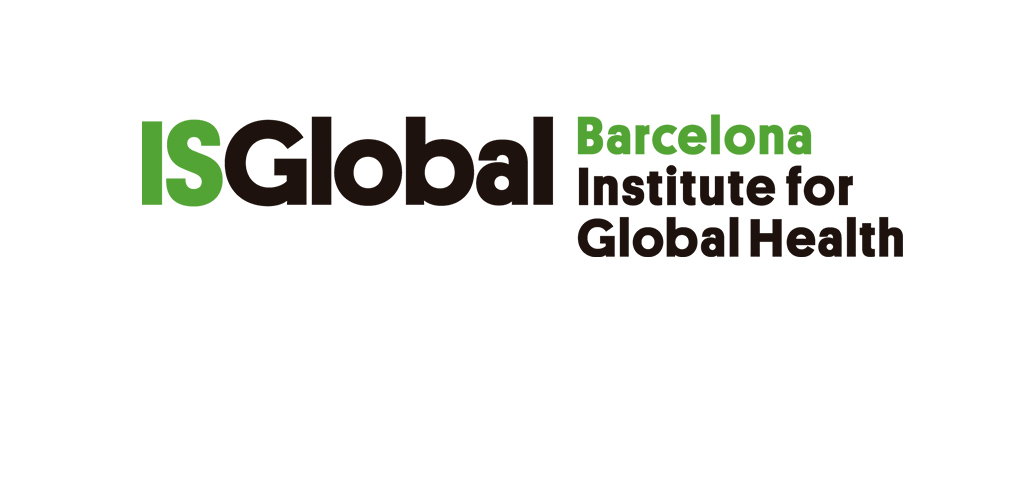April 26: Twenty-five years of Chernobyl health research –what have learned and where do we go from here?
21.04.2011

Twenty-five years have passed since radioactive releases from the Chernobyl nuclear accident led to exposure of millions of people in Europe. Studies of affected populations have provided important new data on the links between radiation and cancer – particularly the risk of thyroid tumours from exposure to iodine isotopes - that are important not only for a fuller scientific understanding of radiation effects, but also for radiation protection. These are reviewed in an article published in Clinical Oncology in a special issue devoted to the Chernobyl accident (Cardis E, Hatch M. The Chernobyl Accident-An Epidemiological Perspective.Clin Oncol (R Coll Radiol). 2011 Mar 9. [Epub ahead of print)].
Professor Cardis, who heads CREAL (Centre for Research in Environmental Epidemiology)’s radiation research group stated “It is now well-documented that children and adolescents exposed to radioiodines from Chernobyl fallout have a sizeable dose-related increase in thyroid cancer, with risk greatest in those youngest at exposure and with a suggestion that deficiency in stable iodine may increase the risk. Data on thyroid cancer risks to other age groups are somewhat less definitive. In addition, there have been reported increases in incidence and mortality from non-thyroid cancers and non-cancer endpoints. Although some studies are difficult to interpret because of methodological limitations, recent investigations of Chernobyl clean-up workers (“liquidators”) have provided evidence of increased risks of leukaemia and other hematological malignancies and of cataracts, and suggestions of an increase in risk of cardiovascular diseases, following low doses and low dose rates of radiation.”
There have been over 6000 cases of thyroid cancer diagnosed among those exposed to Iodine-131 as children in the most contaminated territories of Belarus, Ukraine and the Russian Federation, a large proportion of which is thought to be due to radiation from the accident. Fortunately, the prognosis of these cases is good, and only 15 of these cases have are known to have died up till now.
Although any predictions of the health impact of the accident are very uncertain, it is likely that tens of thousands of persons will eventually develop cancer in the whole of Europe due to the Chernobyl accident. The majority of these will occur in the most contaminated areas of the former USSR: while this number is very large, it is a very small proportion (about 0.01%) of all cancers expected in Europe over the same time period and is unlikely to be detectable in studies of trends of cancer incidence or mortality.
CREAL was a part of the Core Group of the “ARCH: Agenda for Research on Chernobyl Health” Project, supported by the European Commission. This project, conducted by an international group of experts and advisors, has developed a motivated Strategic Research Agenda outlining a long-term plan for research into the health consequences of radiation from the Chernobyl accident. The Agenda has been submitted to the EU and other concerned stakeholders, in order to secure support and long-term funding for the organization and conduct of essential studies of the consequences of the accident. (Link to IARC PR about ARCH http://www.iarc.fr/en/media-centre/pr/2011/pdfs/pr206_E.pdf.).
Further careful follow-up of the most exposed populations, including establishment and long-term support of life-span study cohorts, could provide important information for the quantification of radiation risks and the protection of persons exposed to low doses of radiation in the future, in occupational, medical and environmental settings and in the case of other accidents, like the one currently occurring at the Fukushima Dai-Ichi nuclear power plant in Japan.



